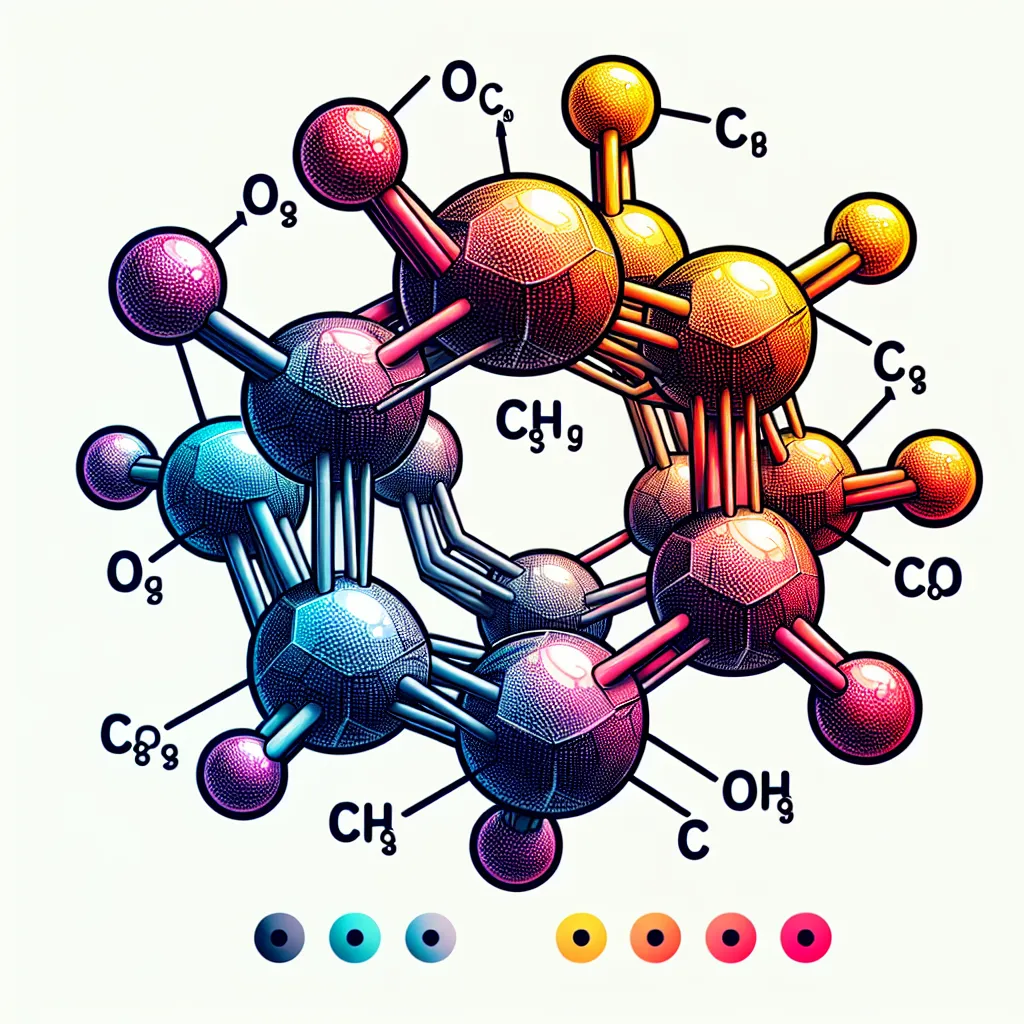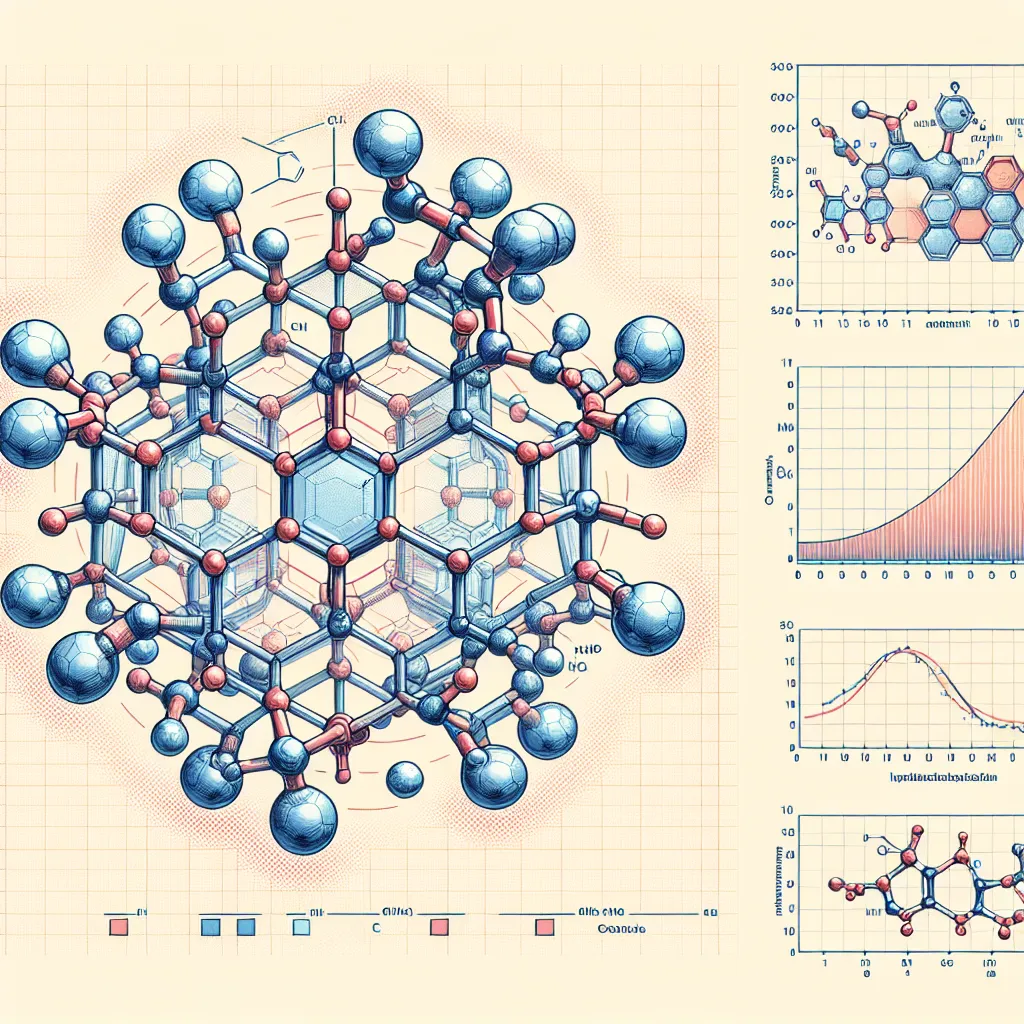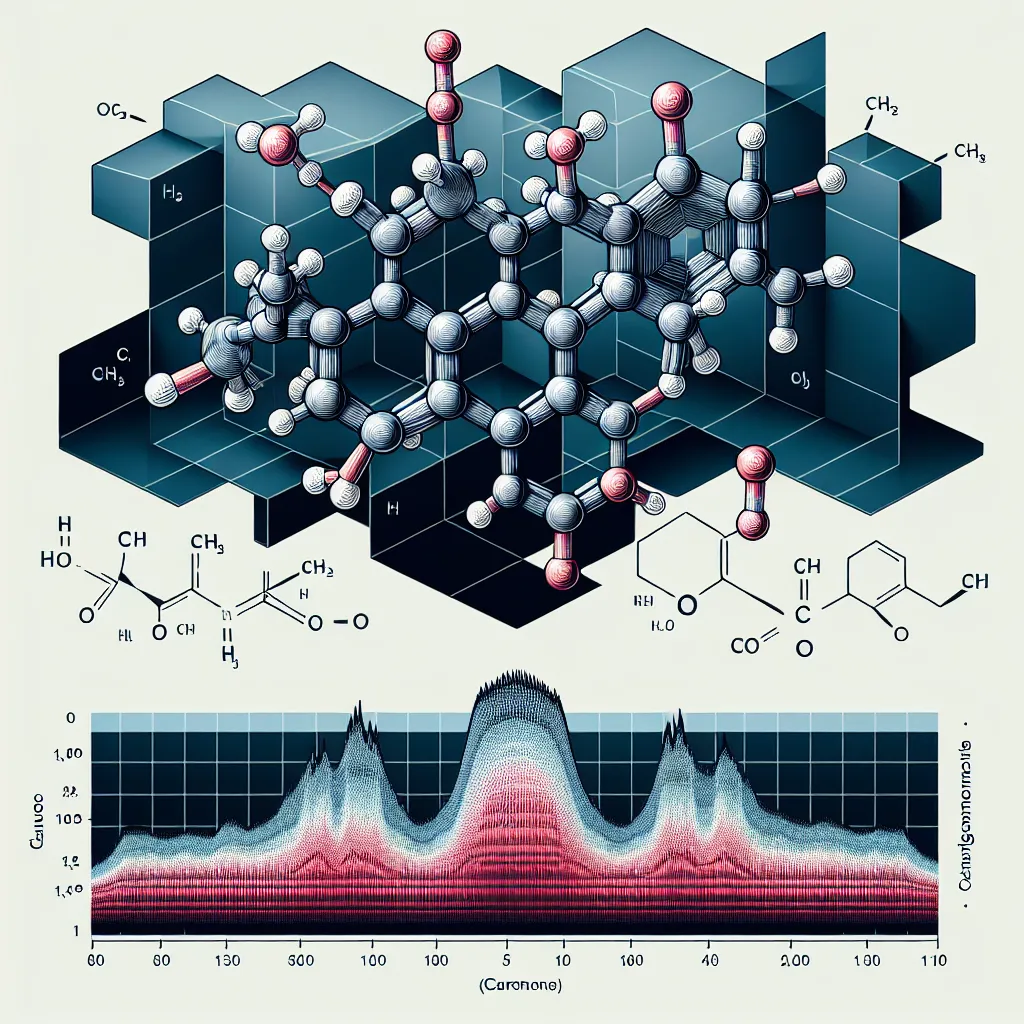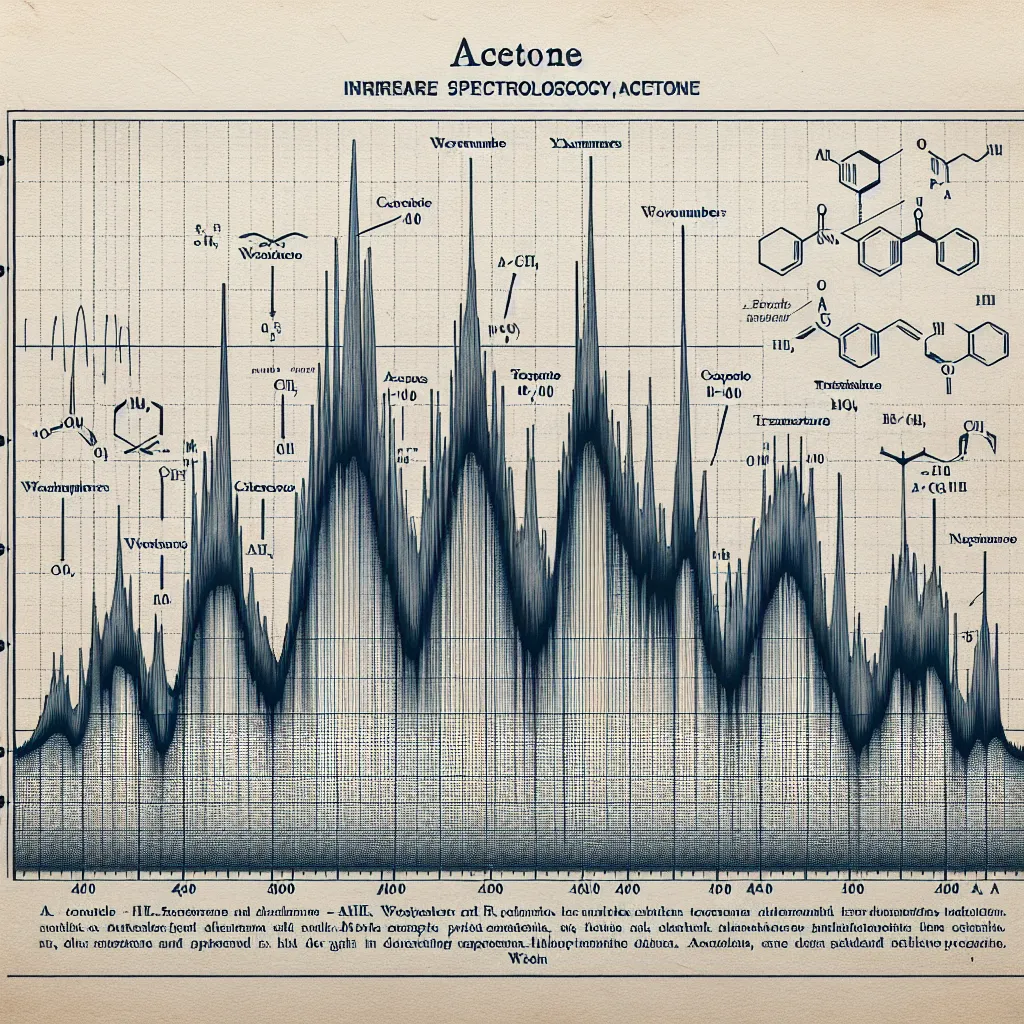Ask AI on The Internet
Cyclohexane itself does not contain a C=O bond, as it is a simple cycloalkane with the chemical formula C_6H_12. Typically, cyclohexane is represented as a six-membered ring composed entirely of carbon (C) and hydrogen (H) atoms, with single bonds between the carbon atoms, and no double bonds—including carbonyl (C=O) groups. However, if you are referring to a derivative of cyclohexane that contains a carbonyl group, such as cyclohexanone (C_6H_10O), identifying the C=O bond via infrared (IR) spectroscopy is straightforward. In IR spectroscopy: - The carbonyl (C=O) stretch typically appears as a strong and sharp absorption band. - For cyclohexanone, the C=O stretch is typically found around 1705 to 1725 cm^-1 in the IR spectrum. So, to identify the C=O bond in a cyclohexane derivative such as cyclohexanone, you would look for an absorption peak in that approximate range. Always remember to verify the context and the specific chemical compound you are dealing with when interpreting IR spectra.
Think your answer is better than the AI's? Post it below.
Question Tags
If you want your question answered by an AI, click here.







Post your own comment: